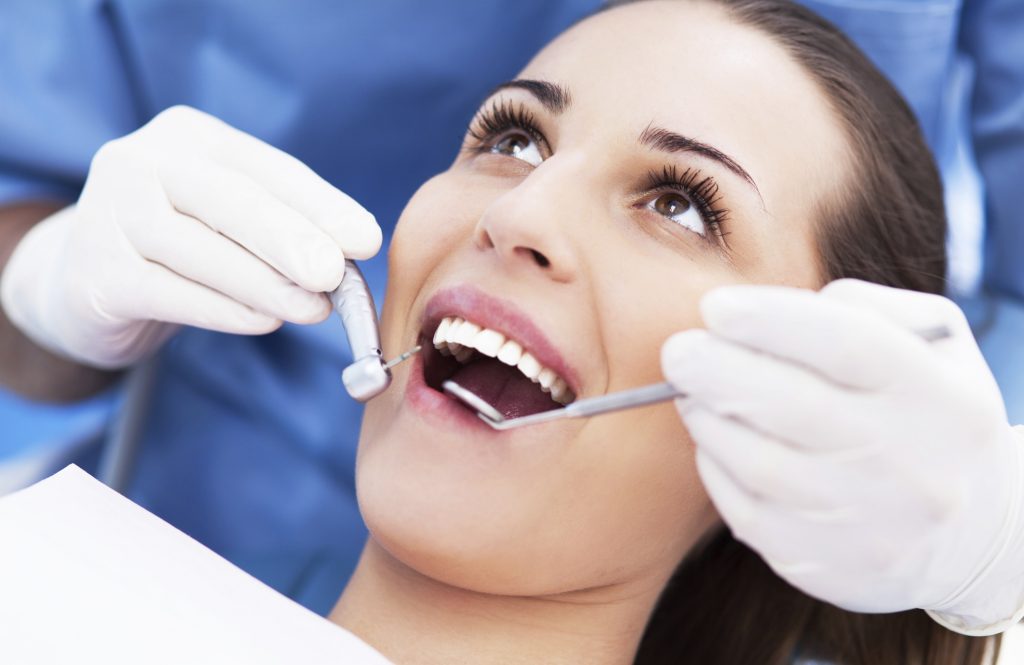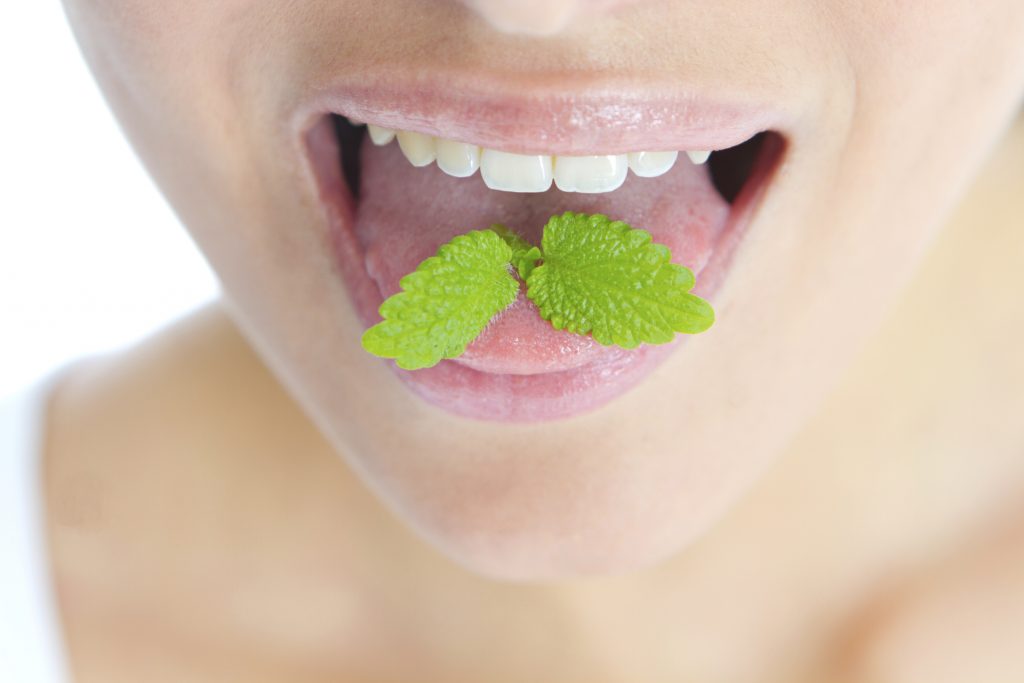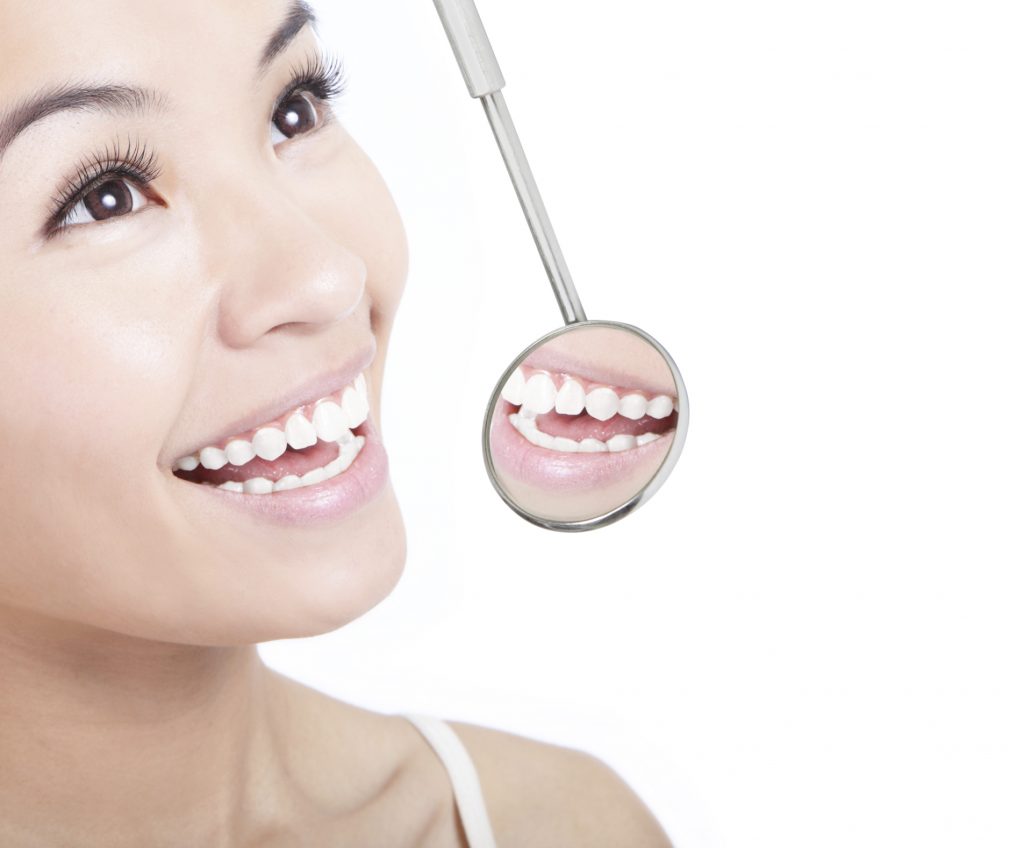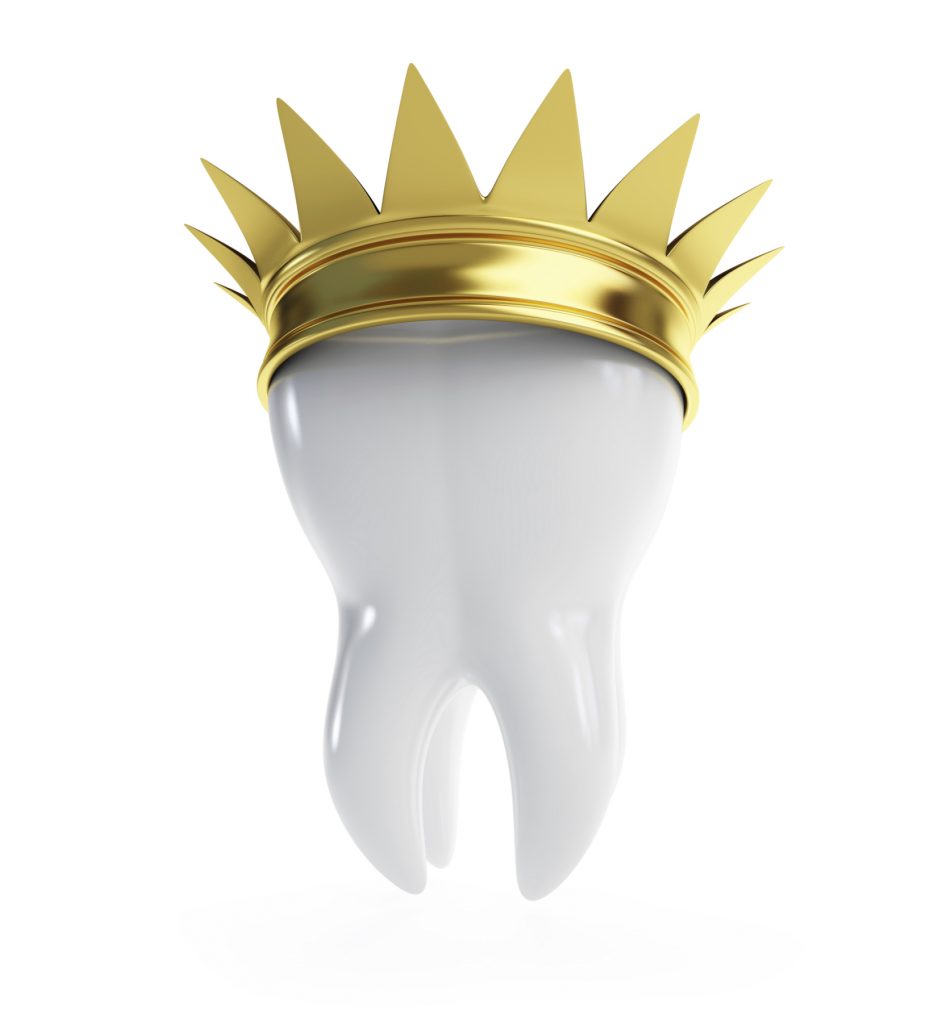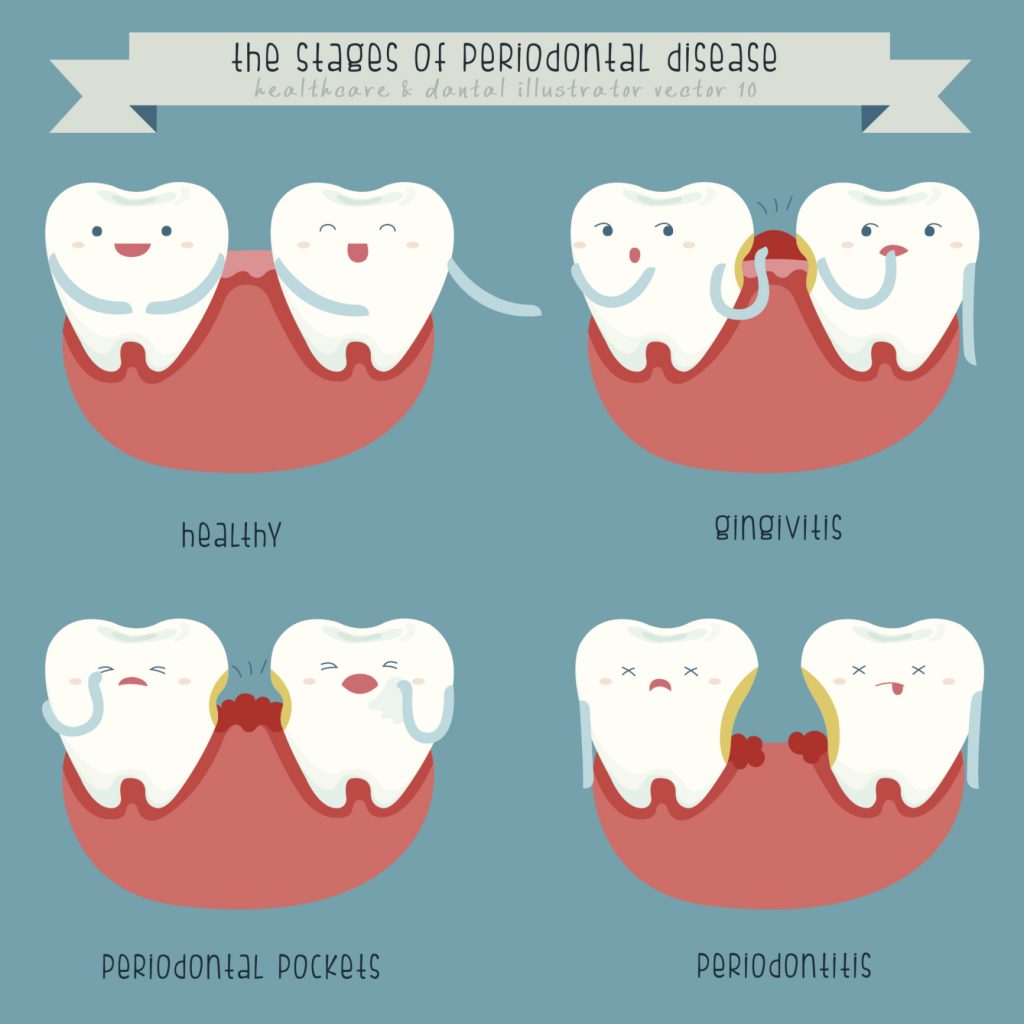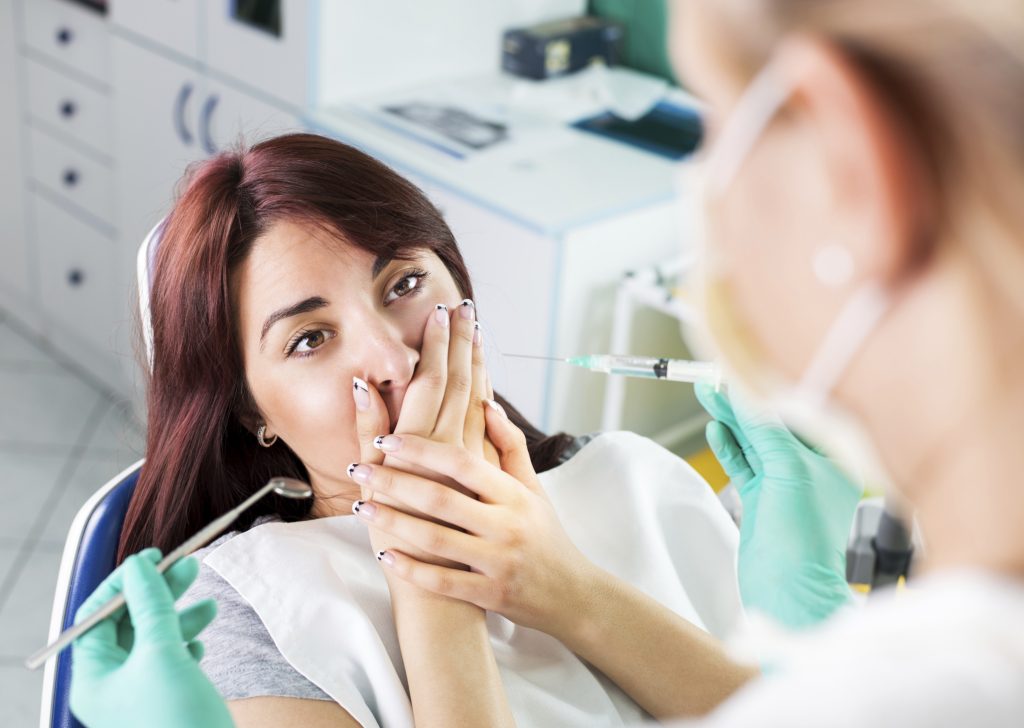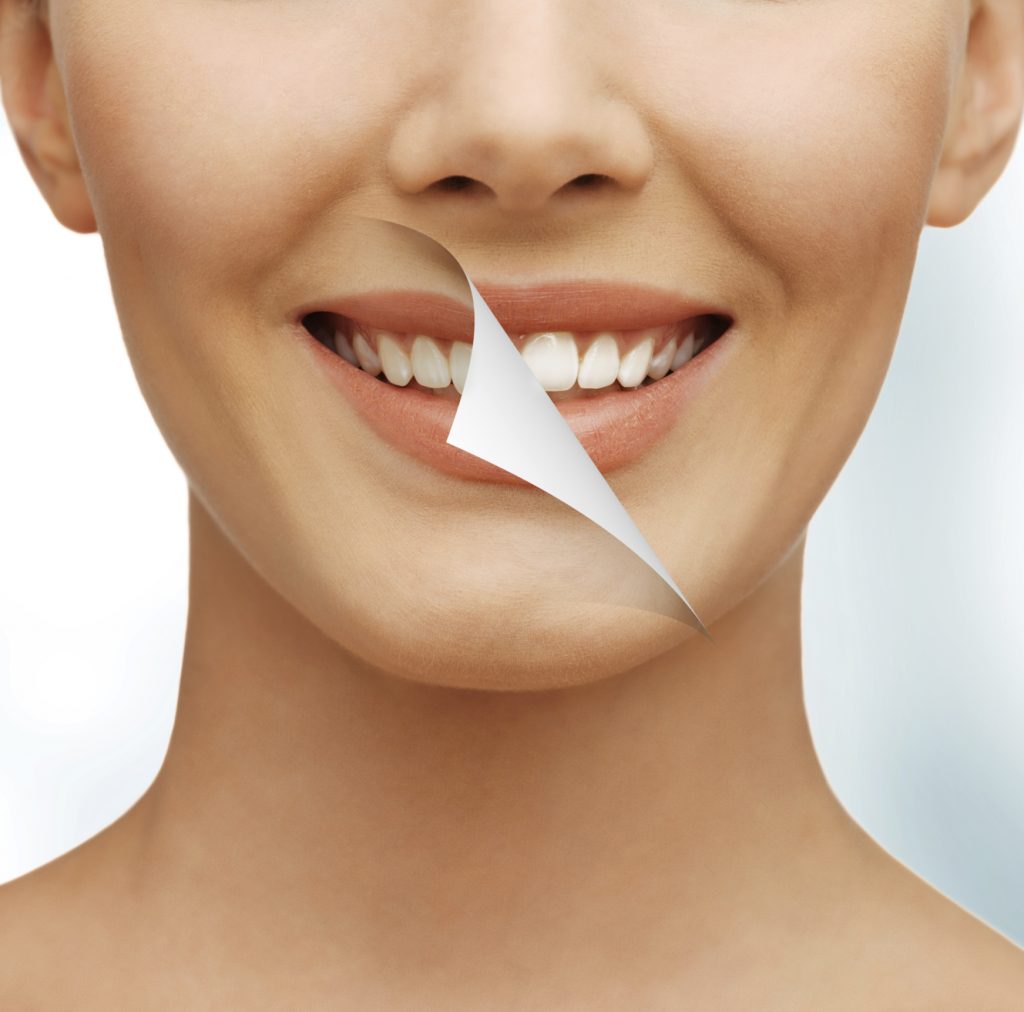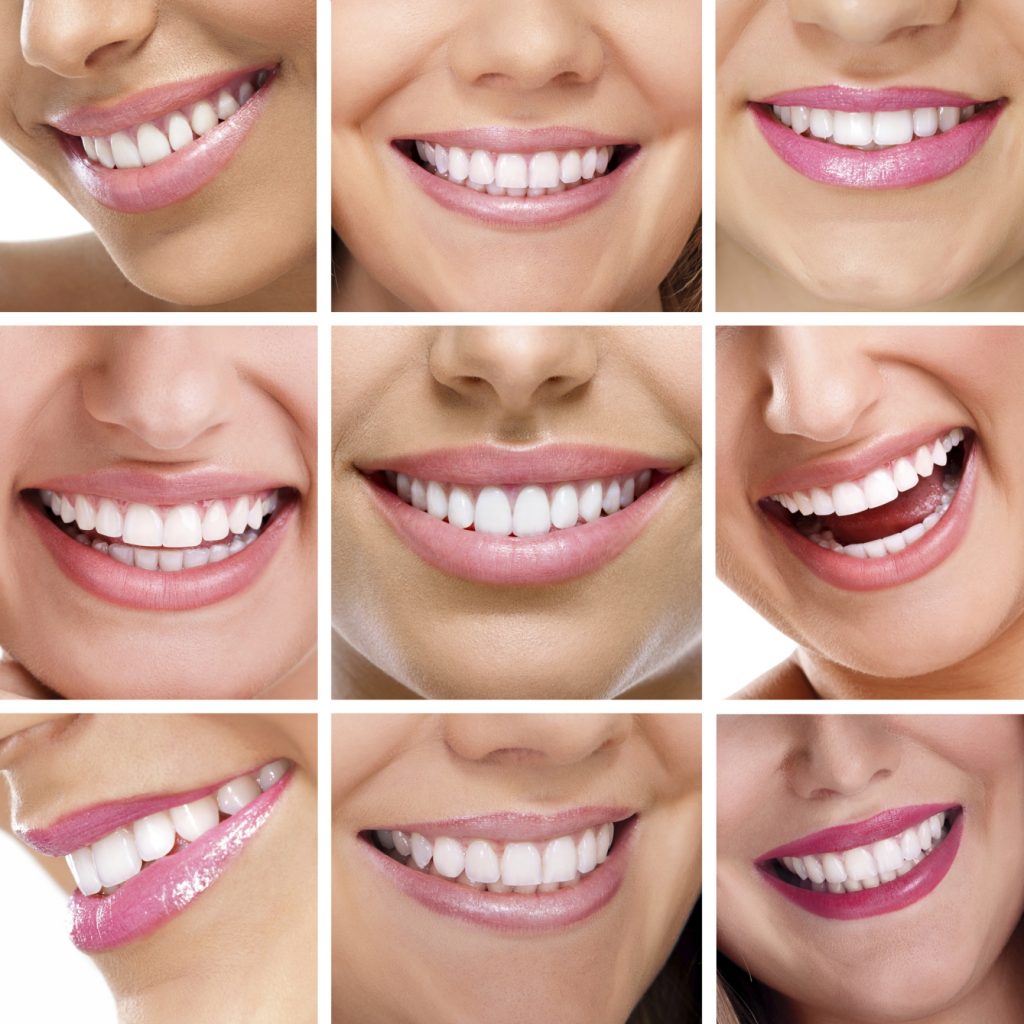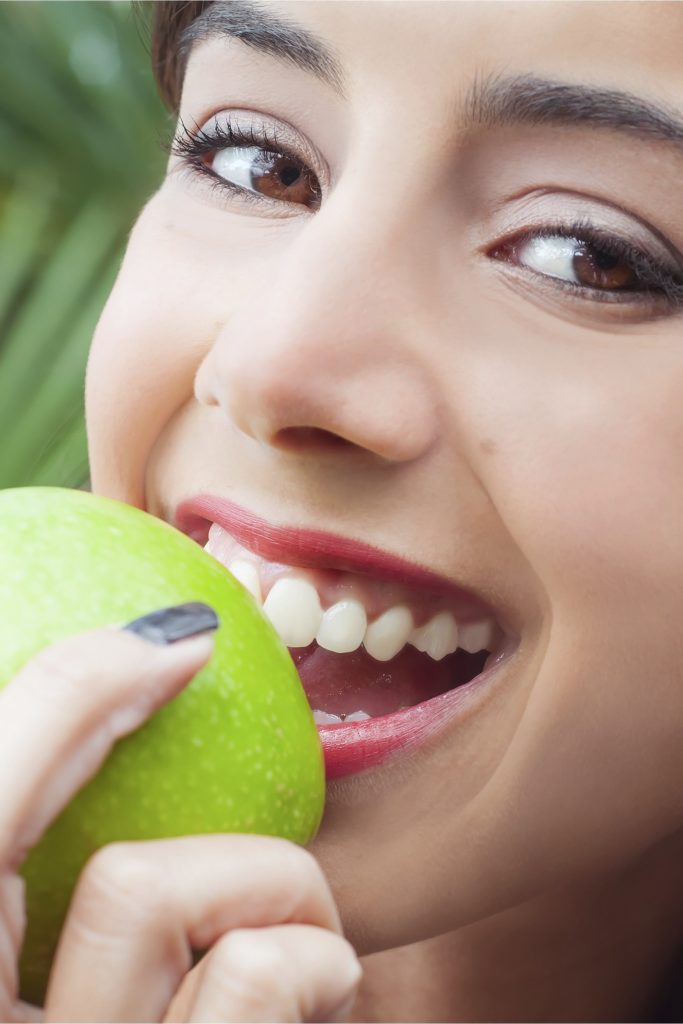
We have all heard it before – breakfast is the most important meal of the day. Not only does it get your day started right, but it also gives your body the boost it needs to make it through with little issue. The problem is that many people do not choose the best breakfast options. They think easy and quick, which will typically end up being not the best choices they could be.
Thankfully, there are options that can be quick and easy, but also really healthy for to not only get your day started on the right foot, but can give you all the nutrients your body, and your smile, need to be the best they can be. It’s true – your breakfast can improve your smile! Let’s celebrate the first meal of the day by taking a look at some of our favorite breakfast options guaranteed to not only nourish you, but your smile…
Fruit. It’s always nice to start the day with a bit of fruit, whether it be via juice or by the piece. We all know that vitamin C, and lots of fruit have it. From strawberries to pineapple, the sweet vitamin C will also help scour away plaque and whiten teeth. But don’t overdo it – too much acidic food will begin to wear down your tooth enamel.
Dairy. Between milk, cheese and yogurt, the dairy section will give your smile the calcium & phosphorus boosts it needs to be its strongest. They will focus on re-mineralizing your teeth and protecting your tooth enamel from damage.
If you have questions or concerns about the effects of breakfast food on your teeth, make an appointment today with Dr. Schnall at 212-247-7059 or visit our website at www.philipschnalldmd.com.
Dr. Philip Schnall proudly serves Central Park West and all surrounding areas.
